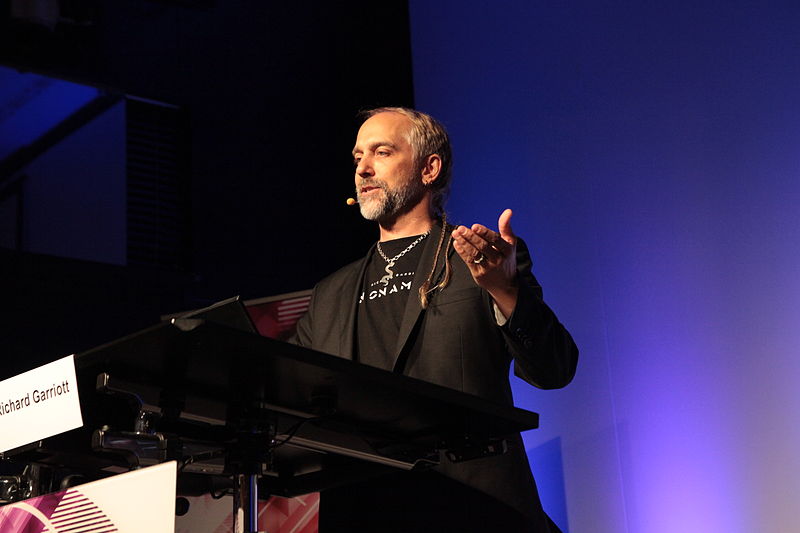
It’s never a bad idea to examine a particular game studio and see how their process helps them create successful games. Of course, what works for one team might not work for another due to a host of reasons. But when you start noticing the same characteristics across several of the best game developers, it’s time to start paying attention.
The following are a few similarities between some of today’s top game companies that industry veterans have noticed throughout their careers. They should serve to benefit anyone hoping to one day lead a game team or start their own. And if you haven’t, take a look at our profile of Satoru Iwata to learn more about the best practices of successful game developers.
1. Their Developers Test The Game Excessively Alongside QA
There are some developers out there who think playing their game during development only slows down progress. Instead, they think quality assurance people should do the majority of the testing during the Alpha and Beta stages while they focus on building the game. While it might not be wise for a developer to spend most of their time testing and little time developing, you’ll find that this isn’t how most people at the top studios do things.
Teams at successful game studios actually play their games to exhaustion, from the moment a build is playable to just before launch day. It can be difficult testing early builds since they often have many technical issues and placeholder art, but it’s also the best time for designers to notice any gameplay problems.
Game testers are of course essential for spending extended periods testing the game to catch more bugs than anyone else, but only designers who test can then go back and fine-tune any problems related to the gameplay and design.
2. Their Game Teams Start Small And Gradually Grow
We’ve all seen the near-endless list of credits after completing a big-budget title. Sometimes you’re looking at the names of hundreds of people who all contributed to the game’s development. While by the end the game did have help from both in-house developers and contractors, it more often than not was far from the case at the start.
Top studios don’t hire hundreds of people from the get-go, even if they already know they’ll eventually need them. Most game projects actually begin with a small group of the most experienced and talented people there. This allows for a more tight-knit setting so that communication and brainstorming can be done more efficiently to get the core of the game ironed out.
More programmers, artists, etc. are then introduced as the project continues development. Even if the team eventually grows large enough than the need for meetings becomes more common, the best studios make sure their size is never overwhelming.
3. They Make An Effort To Bond With Their Players
Whether you’re a company as large as Blizzard Entertainment or small as Yacht Club Games, having a community form around your game can offer benefits unlike anything else. That is why every good game studio starts each game project with the intention of pleasing players enough that they band together as loyal fans of their work.
To do so, a team must learn to make games while having their players in mind. There are plenty of companies and studios that amassed a community after a successful game only to inadvertently kill it with their second title. Usually this is the result of a team losing respect from players for doing things far too differently and not listening to their fanbase.
As an indie team, spending time interacting with your game’s fans through social media has become almost essential. The best take advantage of it to form strong communities around their games and thus create better titles.
4. They Take Risks And Ship Despite Any Early Critique
Although there are countless exceptions, some of the best games ever made were done by a team of people willing to do something different, and therefore, risky. Games require a lot of time, money and effort to build, which makes it easy for a team to start feeling pressure and questioning their own design choices if they don’t receive 100% positive feedback.
However, a team won’t know if their game is meant for success or failure until they actually ship it and see what the market decides. Nintendo risked everything with their non-traditional Wii console and its motion controls, and it blew away the competition. Then they took another risk with the Wii U’s second-screen gamepad and it didn’t go nearly as well.
When it comes to games, a perfect example is found in two of FromSoftware’s successful titles: Demon Souls and Dark Souls. These games were predicted to be failures for being too difficult in a time when hand-holding tutorials were the norm. They continued developing, shipped the game, and are now one of the top Japanese studios.
[su_note]Learn more about the School of Game Design at the New York Film Academy by clicking here.[/su_note]
